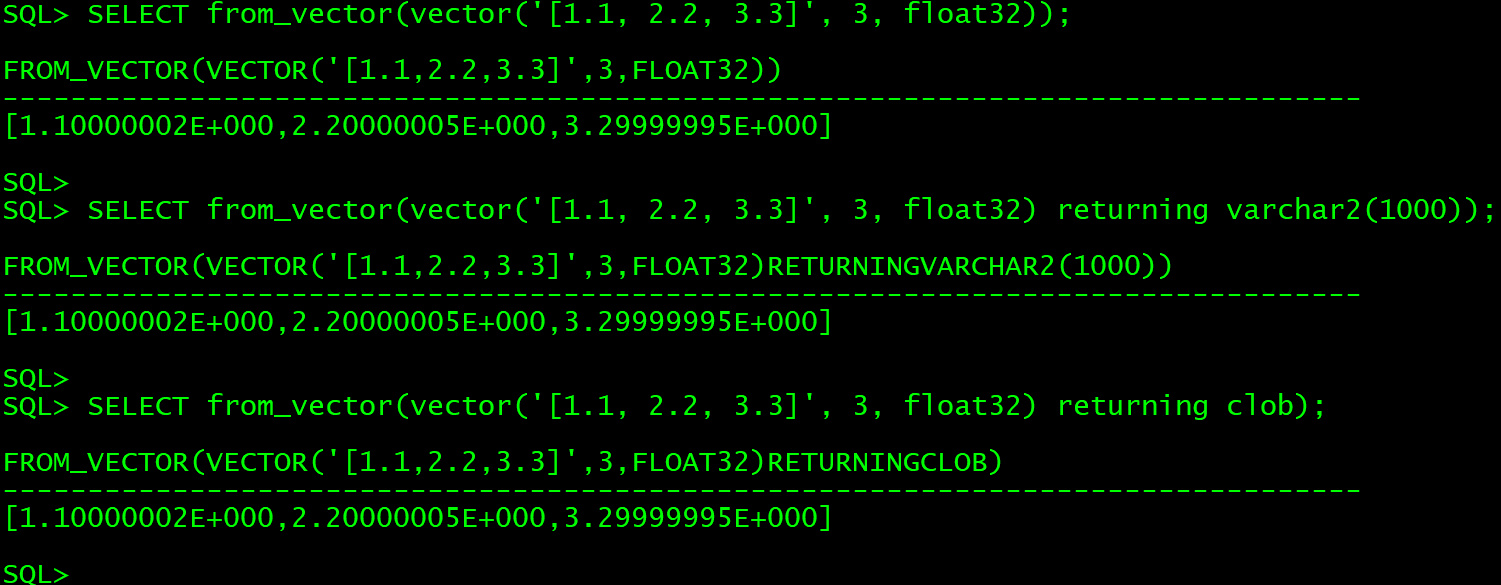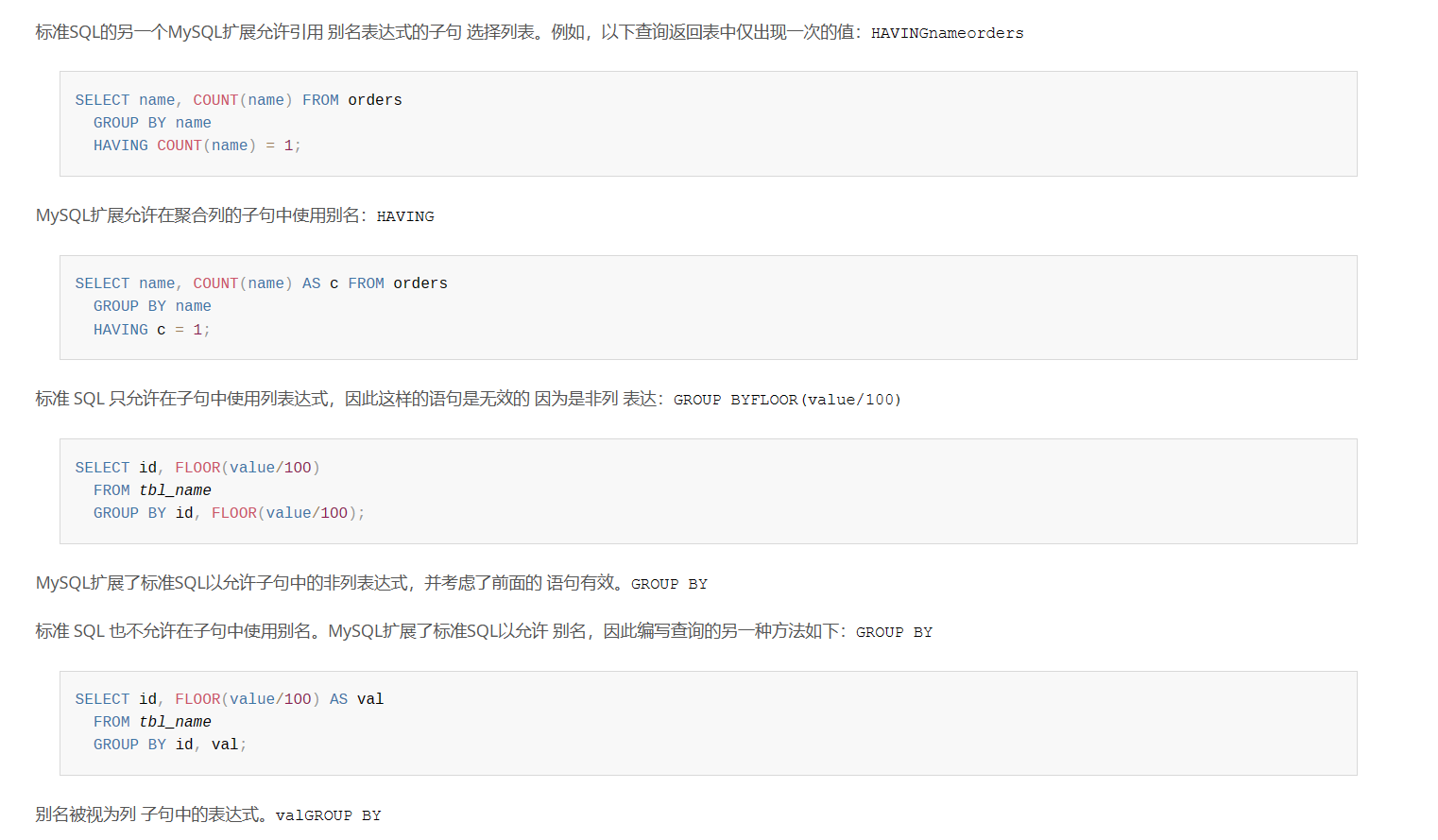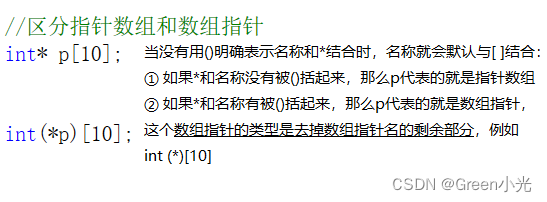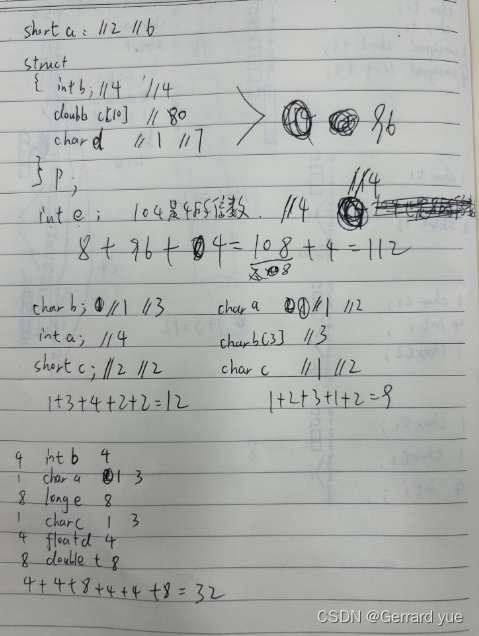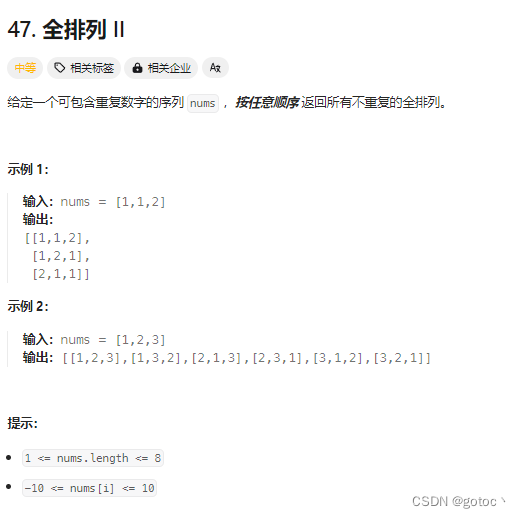一、98. 验证二叉搜索树 - 力扣(LeetCode)
1.1题目
给你一个二叉树的根节点 root ,判断其是否是一个有效的二叉搜索树。
有效 二叉搜索树定义如下:
- 节点的左
子树
只包含 小于 当前节点的数。 - 节点的右子树只包含 大于 当前节点的数。
- 所有左子树和右子树自身必须也是二叉搜索树。
示例 1:

输入:root = [2,1,3] 输出:true
示例 2:

输入:root = [5,1,4,null,null,3,6] 输出:false 解释:根节点的值是 5 ,但是右子节点的值是 4 。
1.2思路分析
方法一:中序遍历加数组
中序遍历二叉树(递归实现),将遍历后的结果存放到集合中,然后对集合中的元素判断大小
中序遍历二叉树(迭代实现),将遍历后的结果存放到集合中,然后对集合中的元素判断大小
方法二:递归实现
1.3代码实现
方法一:中序遍历加数组(递归)
/**
* Definition for a binary tree node.
* public class TreeNode {
* int val;
* TreeNode left;
* TreeNode right;
* TreeNode() {}
* TreeNode(int val) { this.val = val; }
* TreeNode(int val, TreeNode left, TreeNode right) {
* this.val = val;
* this.left = left;
* this.right = right;
* }
* }
*/
// 方法一定义数组,中序遍历二叉树,将遍历的结果放入到数组中,然后对数组进行比较
class Solution {
List<Integer> num = new ArrayList<>();
public boolean isValidBST(TreeNode root) {
fun(root);
for(int i = 0 ;i<num.size()-1 ;i++){
if(num.get(i) >= num.get(i+1)) return false;
}
return true;
}
public void fun(TreeNode root){
if (root == null) return ;
if(root.left != null) isValidBST(root.left);
num.add(root.val);
if(root.right != null) isValidBST(root.right);
}
}方法一:中序遍历加数组(迭代)
/**
* Definition for a binary tree node.
* public class TreeNode {
* int val;
* TreeNode left;
* TreeNode right;
* TreeNode() {}
* TreeNode(int val) { this.val = val; }
* TreeNode(int val, TreeNode left, TreeNode right) {
* this.val = val;
* this.left = left;
* this.right = right;
* }
* }
*/
// 迭代法中序遍历
class Solution {
public boolean isValidBST(TreeNode root) {
if(root == null) return true;
Stack<TreeNode> stack = new Stack<>();
// 定义一个节点用来存储前序节点
TreeNode pre = null;
while(root != null || !stack.isEmpty()){
while(root!= null){
stack.push(root);
root = root.left;
}
TreeNode pop = stack.pop();
if(pre!= null && pop.val <= pre.val) return false;
pre = pop;
root = pop.right;
}
return true;
}
}方法二:递归实现
/**
* Definition for a binary tree node.
* public class TreeNode {
* int val;
* TreeNode left;
* TreeNode right;
* TreeNode() {}
* TreeNode(int val) { this.val = val; }
* TreeNode(int val, TreeNode left, TreeNode right) {
* this.val = val;
* this.left = left;
* this.right = right;
* }
* }
*/
class Solution {
TreeNode pre = null;
public boolean isValidBST(TreeNode root) {
if(root == null) return true;
boolean left = isValidBST(root.left);
if(!left){
return false;
}
if(pre != null && root.val <= pre.val) return false;
pre = root;
boolean right = isValidBST(root.right);
return right;
}
}二、530. 二叉搜索树的最小绝对差 - 力扣(LeetCode)
2.1题目

给你一个二叉搜索树的根节点 root ,返回 树中任意两不同节点值之间的最小差值 。
差值是一个正数,其数值等于两值之差的绝对值。
示例 1:
输入:root = [4,2,6,1,3] 输出:1
示例 2:

输入:root = [1,0,48,null,null,12,49] 输出:1
2.2思路分析
方法一:中序遍历加数组
方法二:双指针
2.3代码实现
方法一:中序遍历加数组
/**
* Definition for a binary tree node.
* public class TreeNode {
* int val;
* TreeNode left;
* TreeNode right;
* TreeNode() {}
* TreeNode(int val) { this.val = val; }
* TreeNode(int val, TreeNode left, TreeNode right) {
* this.val = val;
* this.left = left;
* this.right = right;
* }
* }
*/
class Solution {
List<Integer> num = new ArrayList<>();
public int getMinimumDifference(TreeNode root) {
fun(root);
int min = num.get(num.size()-1);
for(int i = 0 ; i<num.size()-1;i++){
min = Math.abs(num.get(i)-num.get(i+1)) < min? Math.abs(num.get(i)-num.get(i+1)):min ;
}
return min;
}
public void fun(TreeNode root){
if (root == null) return ;
if(root.left != null) getMinimumDifference(root.left);
num.add(root.val);
if(root.right != null) getMinimumDifference(root.right);
}
}方法二:双指针
/**
* Definition for a binary tree node.
* public class TreeNode {
* int val;
* TreeNode left;
* TreeNode right;
* TreeNode() {}
* TreeNode(int val) { this.val = val; }
* TreeNode(int val, TreeNode left, TreeNode right) {
* this.val = val;
* this.left = left;
* this.right = right;
* }
* }
*/
class Solution {
int min = Integer.MAX_VALUE;
TreeNode pre = null;
public int getMinimumDifference(TreeNode root) {
if(root == null) return 0;
fun(root);
return min;
}
public void fun(TreeNode root){
if(root == null) return ;
getMinimumDifference(root.left);
if(pre != null){
min = Math.min(Math.abs(pre.val - root.val),min);
}
pre = root;
getMinimumDifference(root.right);
}
}三、501. 二叉搜索树中的众数 - 力扣(LeetCode)
3.1题目
给你一个含重复值的二叉搜索树(BST)的根节点 root ,找出并返回 BST 中的所有 众数(即,出现频率最高的元素)。
如果树中有不止一个众数,可以按 任意顺序 返回。
假定 BST 满足如下定义:
- 结点左子树中所含节点的值 小于等于 当前节点的值
- 结点右子树中所含节点的值 大于等于 当前节点的值
- 左子树和右子树都是二叉搜索树
示例 1:

输入:root = [1,null,2,2] 输出:[2]
示例 2:
输入:root = [0] 输出:[0]
3.2思路分析
代码随想录 (programmercarl.com)
3.3代码实现
/**
* Definition for a binary tree node.
* public class TreeNode {
* int val;
* TreeNode left;
* TreeNode right;
* TreeNode() {}
* TreeNode(int val) { this.val = val; }
* TreeNode(int val, TreeNode left, TreeNode right) {
* this.val = val;
* this.left = left;
* this.right = right;
* }
* }
*/
class Solution {
// 定义结果数组
ArrayList<Integer> resList = new ArrayList<>();
// 定义统计次数
int count = 0;
// 定义最大出现次数
int maxCount = 0;
// 定义前序指针
TreeNode pre = null;
public int[] findMode(TreeNode root) {
fun(root);
int [] result = new int[resList.size()];
for(int i = 0 ; i< resList.size();i++){
result[i] = resList.get(i);
}
return result;
}
public void fun(TreeNode root){
if (root == null) return ;
fun(root.left);
if(pre == null || pre.val != root.val) count=1;
else if(pre.val == root.val) count++;
if(count > maxCount){
maxCount = count;
resList.clear();
resList.add(root.val);
}else if(count == maxCount){
resList.add(root.val);
}
pre = root;
fun(root.right);
}
}


